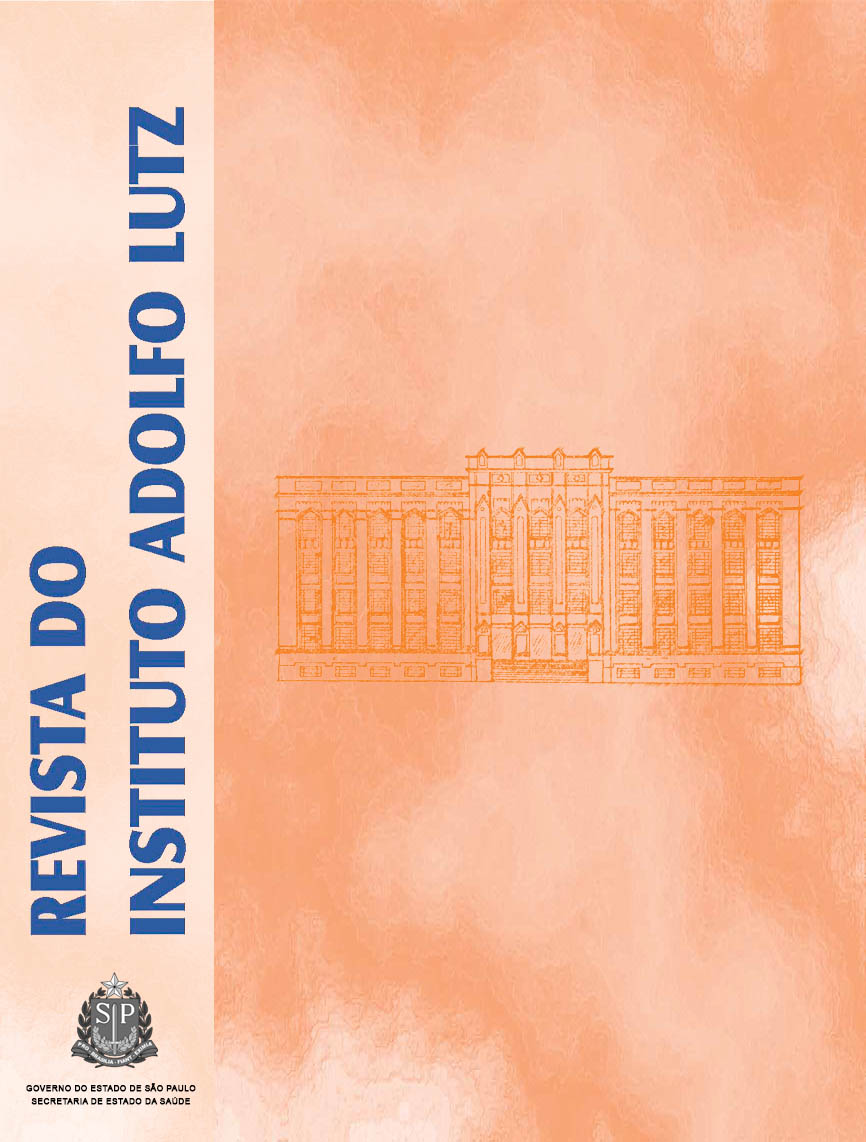Abstract
In this investigation a wet digestion technique (HCl hydrolysis) of raw bean (Phaseolus vulgaris) was validated in order to perform the simultaneous determination of inorganic nutrients Ca, Cu, Fe, K, Mg, Mn, Na, P, and Zn by means of inductively coupled argon plasma optical emission spectrometry (ICPOES). This simple, relatively rapid, and with satisfactory performance characteristics technique was employed for analyzing 40 raw bean marketed in São Paulo state (Brazil). After determining inorganic nutrients by emission spectrometry, the obtained concentrations of Ca, Cu, Fe, K, Mg, Mn, Na, P, and Zn contents (in mg/100g bean) were 120±20; 0.8±0.1; 6.0±0.9; 1370±80; 170±10; 1.5±0.4; 1.4±0.4; 350±50; and 2.6±0.3, respectively. These inorganic nutrients contents are in agreement with the information from six food composition tables, except of Na that showed a significantly lower value. The results were also used to estimate the bean consumption contribution in Recommended Daily Intakes (RDI) for the investigated nutrients, and it was noted that bean can significantly contribute in Cu, Mg, Mn, P, Fe, and Zn RDIs.References
1. Adsule RN, Desphande SS, Sathe SK. French bean. In: Salunkhe DK, Kadan SS, editors. Handbook of Vegetable Science and Technology/Production, Composition, Storage, and Processing. New York: Marcel Dekker Inc.; 1998. p. 457-69.
2. EMBRAPA. Empresa Brasileira de Pesquisa Agropecuária: Sistemas de produção do feijoeiro. Disponível em http://www.cnpaf.embrapa.br - Acessoem 31/07/2006.
3. Anderson JW, Smith BM, Washnock CS. Cardiovascular and renal benefits of dry bean and soybean intake. Am JClin Nutr 1999; 70 (3): 464S-474S.
4. Barampama Z, Simard RE. Nutrient composition, protein quality and antinutritional factors of somevarieties of dry beans (Phaseolus vulgaris) grown inBurundi. Food Chem 1993;47: 159-67.
5. Charley H, Weaver C. Foods - A Scientific Approach.3rd ed. Merril Prentice Hall; 1998.
6. Meiners CR, Derise NL, Lau HC, Crews MG, Ritchey SJ, Murphy EW. The content of nine mineral elements in raw and cooked mature dry legumes. J Agric Food Chem 1976; 24(6): 1126-30.
7. Oliveira LFA. Efeito da ingestão da mistura de arroz e feijão na biodisponibilidade de Fe e Ca [Mestrado]. Viçosa, Minasgerais: Universidade Federal de Viçosa, 1997.
8. Philippi ST. Tabela de Composição de Alimentos: Suporte Para Decisão Nutricional. Brasília: ANVISA,FINATEC/NUT-UnB; 2002.
9. Sathe SK, Desphande SS, Reddy NR. Dry beans of Phaseolus: a review. Part 2. Chemical composition: carbohydrates, fiber, minerals, vitamins and lipids. CRCCrit Rev Food Sci Nutr 1984; 21: 41-93.
10. Sgarbieri VC, Antunes PL, Almeida LD. Nutritional evaluation of four varieties of dry beans. J Food Sci1979;44: 1306-8.
11. Moura NC, Canniatti-Brazaca SG. Avaliação da disponibilidade de ferro de feijão comum (Phaseolusvulgaris L.) em comparação com carne bovina. Ciênc Tecnol Aliment 2006; 26(2): 270-6.
12. Miller-Ihli NJ. Trace element determinations in foods andbiological samples using inductively coupled plasma atomic emission spectrometry and flame atomic absorption spectrometry. J Agric Food Chem 1996; 44: 2675-9.
13. Instituto Adolfo Lutz. Métodos físico-químicos para análise de alimentos. 4a ed. Brasília: Ministério da Saúde/Agência Nacional de Vigilância Sanitária; 2005.
14. Oliveira E. Sample preparation for atomic spectroscopy: evolution and future trends. J Braz Chem Soc 2003; 14(2): 174-82.
15. AOAC. Official Methods of Analysis of AOAC International - Method 985.01. 16th ed. Gaithersburg: Association of Official Analytical Chemists; 1995.
16. Cabanis MT, Cassanas G, Cabanis JC, Brun S. Comparison of four methods for digesting food samplesfor determination of trace levels of cadmium byflameless atomic absorption spectrophotometry. J AssocOff Anal Chem 1988; 71(5): 1033-7.
17. Gawalko EJ, Nowicki TW, Babb J, Tkachuk R. Comparison of closed-vessel and focused open-vessel microwave dissolution for determination of cadmium, copper, lead, and selenium in wheat, wheat products, corn bran, and rice flour by transverse-heated graphite furnace atomic absorption spectrometry. JAOAC Int1997; 80(2): 379-87.
18. Kira CS, Maio FD, Maihara VA. Comparison of partial digestion procedures for determination of Ca, Cr, Cu,Fe, K, Mg, Mn, Na, P, and Zn in milk by inductivelycoupled plasma-optical emission spectrometry. JAOACInt 2004; 87(1): 151-6.
19. Sun DH, Waters JK, Mawhinney TP. Determination of thirteen common elements in food samples byinductively coupled plasma atomic emission spectrometry: comparison of five digestion methods. JAOAC Int 2000; 83(5): 1218-24.
20. Makhlouf J, Zee J, Tremblay N, Bélanger A, MichaudMH, Gosselin A. Some nutritional characteristics of beans, sweet corn and peas (raw, canned and frozen) produced in the Province of Quebec. Food Res Int 1995;28 (3): 253-9.
21. Palmero MR, Bargalló AIC, Sabater CL, Boronat CT, Urgell MR. Assesment of dietary nutrient intakes: analysed vs calculated values. Food Chem 1998;61(1/2): 215-21.
22. Sika M, Terrab A, Swan PB, Hegarty PV. Compositionof selected moroccan cereals and legumes: comparisonwith the FAO table for use in Africa. J Food Comp Anal1995; 8: 62-70.
23. INMETRO. Orientações sobre validação de métodos de ensaios químicos. Disponível em http://www.inmetro.gov.br/credenciamento/laboratorios/caliben saios.asp. São Paulo: Instituto Nacional de Metrologia, Normalização e Qualidade Industrial; 2003.
24. EURACHEM. The fitness for purpose of analytical methods: a laboratory guide to method validation andrelated topics. Disponível em http://www.eurachem.ul.pt/guides/valid.pdf. Budapest:EURACHEM, 2003.
25. SANCO. European Commission - Guindance documenton residue analytical methods; 2000.
26. INMETRO. Vocabulário Internacional de Termos Fundamentais e Gerais de Metrologia. 2a ed. Brasília: Instituto Nacional de Metrologia, Normalização e Qualidade Industrial/SENAI/DN; 2000.
27. Skoog DA, West DM, Holler FJ, Crouch SR. Fundamentals of Analytical Chemistry. 8th ed. Belmont: Thomson Learning Inc.; 2004.
28. NEPA. Tabela Brasileira de Composição de Alimentos -TACO, versão 1. Disponível em http://www.unicamp.br/nepa/taco/tabela.php. Campinas: Núcleo de Estudos e Pesquisas em Alimentação, Universidade Estadual deCampinas (UNICAMP); 2006.
29. Souci SW, Fachmann W, Kraut H. Food Composition and Nutrition Tables. 5th ed. Stuttgart: Medpharm Scientific Publishers; 1994.
30. Favier J-C, Ireland-Ripert J, Toque C, Feinberg M. Repertório Geral dos Alimentos, Tabela de Composição. 2a ed. São Paulo: Editora Roca Ltda; 1999.
31. McCance RA, Widdowson’s EM. The Composition of Foods. 6th ed. Londres: The Royal Society of Chemistryand Ministry of Agriculture, Fisheries and Food; 2002.
32. USDA. USDA nutrient data base for standard reference. Disponível em http://www.nal.usda.gov/fnic/foodcomp. Beltsville: United States Departament of Agriculture; 2005.

This work is licensed under a Creative Commons Attribution 4.0 International License.
Copyright (c) 2007 Instituto Adolfo Lutz Journal
